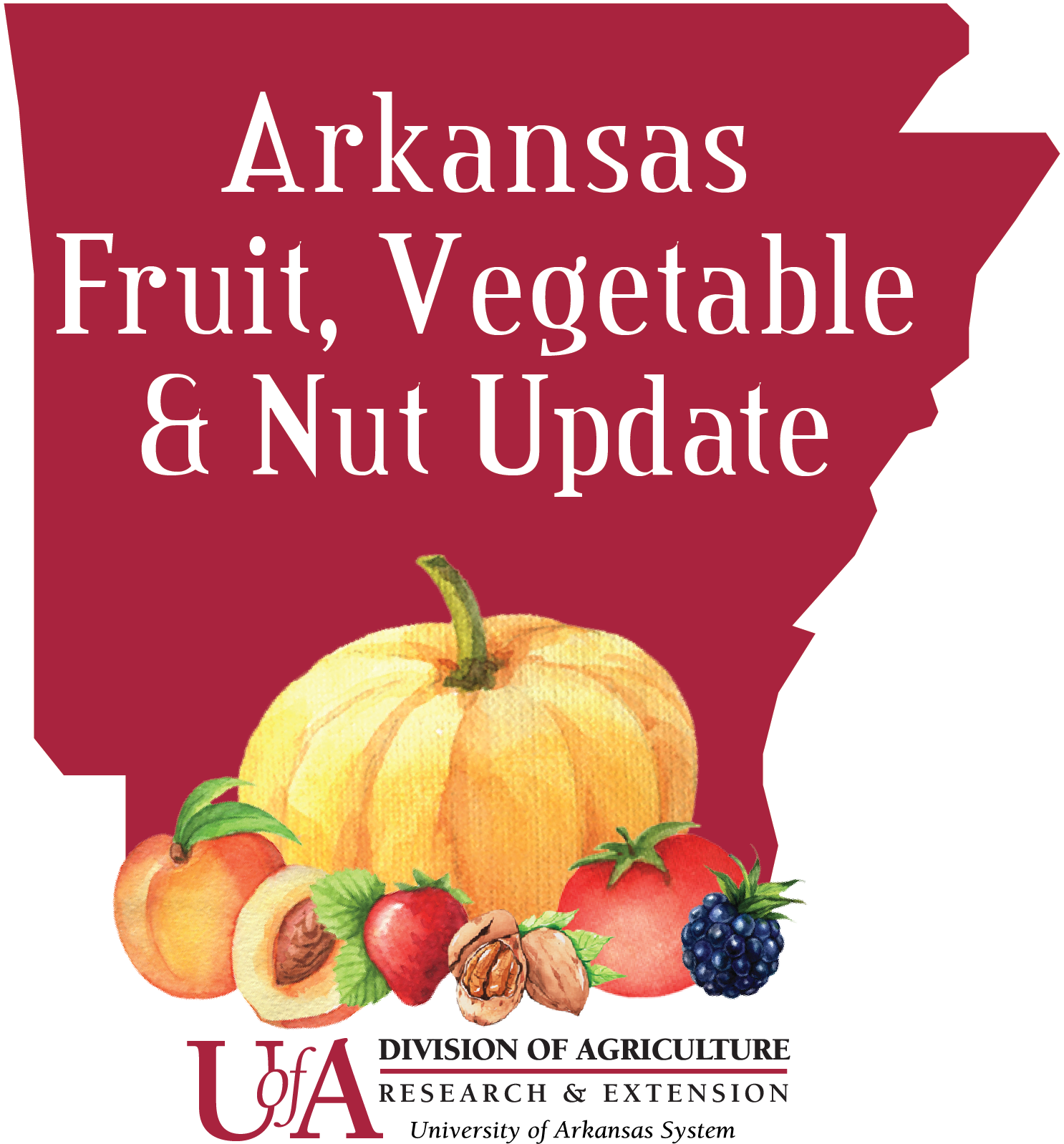
April 20th-21st Spring Freeze: Impact on Fruit Crops for 2021 Season
So far there have been two historic cold weather events in 2021. The first was the arctic air event during the week of February 14th, 2021 where low temperatures of 0° F to -20° F occurred on Feb 16th. After the February event we observed some losses to peaches, blueberry and blackberry crops across the state. Unfortunately crops whose floral buds survived the February freeze, were then blooming or setting small fruit during our recent April 20th-21st freeze event when temperatures dipped below freezing and into the mid to low 20s.
| Location | Recorded Low Temperature on Feb. 16th, 2021* | Recorded Low Temperature on April 21st-22nd, 2021* |
|---|---|---|
| Fayetteville | -20 to -10° F | 26, 29° F |
| Harrison | -6° F | 31, 30° F |
| Clarksville | -6 to -15° F | 28-30, 30° F |
| Little Rock | -2° F | 37, 35° F |
| Paragould | -3° F | 33, N/A ° F |
| Hope | -7° F | 31, 32° F |
| Pine Bluff | 0° F | 34, 35° F |
*Data from NOAA weather stations and local weather stations
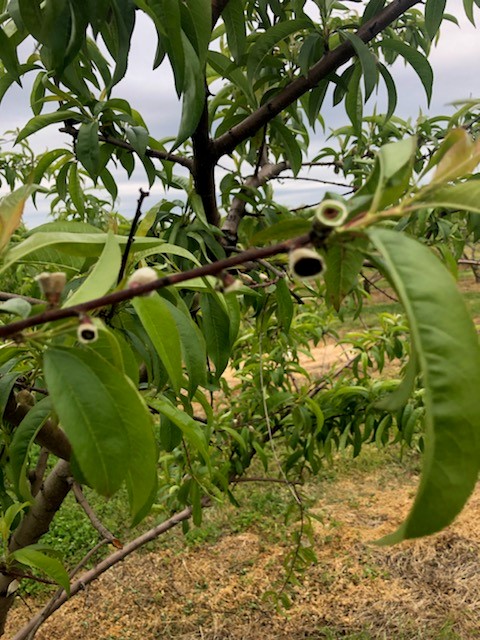
Over the last few days,we have gone out and assessed buds, blooms and fruit for symptoms of cold injury in several locations in the state. Common symptoms of cold injury are dark spots in the center of buds, new shoots turning black or wilting and softening or darkening of fruit.
Peaches:
- Significant losses to peaches have occurred at some locations due to the combined damage from the February and April freezes.
- During the February freeze early swollen peach buds were damaged across much of the state.
- In some locations later maturing cultivars whose buds survived were still able to flower and set fruit. The fruit that set was than at risk for cold injury during the April freeze.
- Preliminary assessments following the April freeze have found little damage in locations where low temperatures only reached 29-30° F or above, but near total losses of small peach fruit has been observed where the low temperatures hit 28° F or below (northern locations).
- We expect to still have some peach crop in parts of the state but total volumes statewide will be reduced.
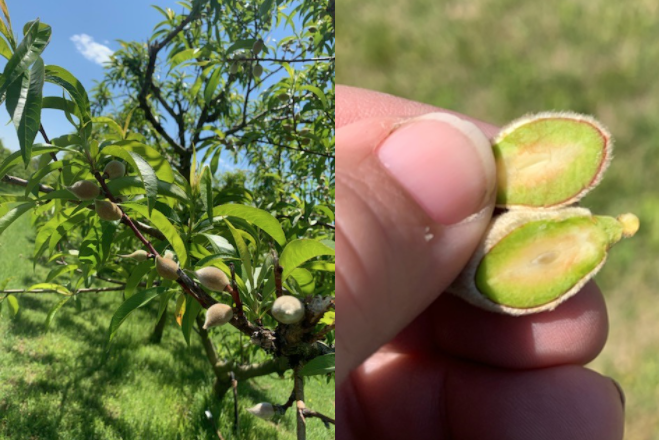
Blackberries:
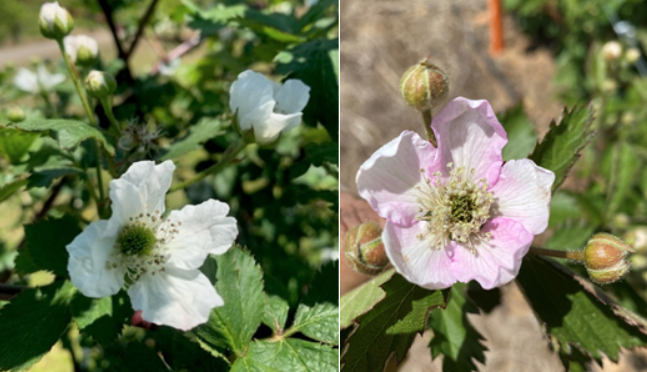
- Minimal damage to blackberries was observed following the February freeze, most growers saw normal leaf out and flower set, however some growers experienced near total losses in areas of extreme cold.
- After the April freeze growers report losses of 50-100% to primary buds and open blooms in the central and northern part of the state.
- Growers in the central and southern part of the state saw very little to no damage on blackberry (0-10% loss on primary buds).
- Blackberries do have the potential for a crop on secondary buds however this crop is usually smaller and later. We will continue to monitor to see how this impacts production in areas where primary buds were damaged.
- Blackberry volumes will be lower in some parts of the state and normal in others; the onset of harvest may be delayed where open blooms were damaged but closed buds were saved, or where the secondary bud crop becomes the primary crop.
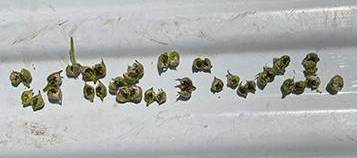
Strawberries:
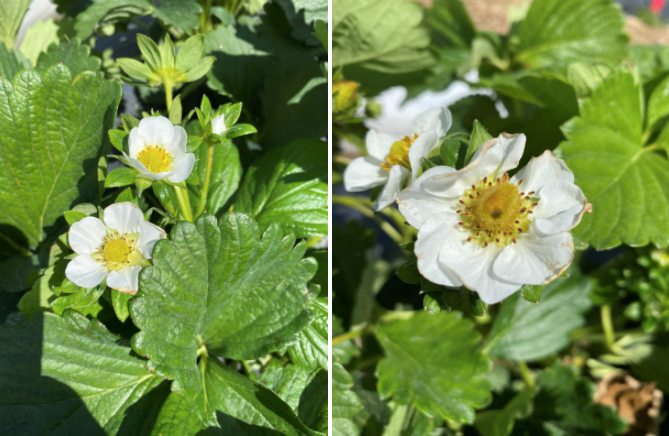
- Deep snow cover saved the strawberry crop in most areas of the state during the February freeze, afterward we saw only minimal damage were plants were not covered or the snow blew off the plants.
- Following the April freeze we saw damage again where plants were not covered or where blooms or fruit were in contact with the row cover.
- In the NW corner where temperatures reached the low 20s more severe damage to blooms and fruit was observed due to temperatures being below freezing for 5-7+ hours. This will result in some crop loss in the short and long-term.
- Strawberry crops have benefited from row cover protection and statewide the crop experienced minor damage. A lull in fruit production the 3rd week of May might be observed in some locations due to flowers that were injured during the April freeze.
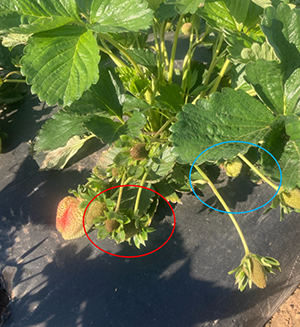
Blueberries:
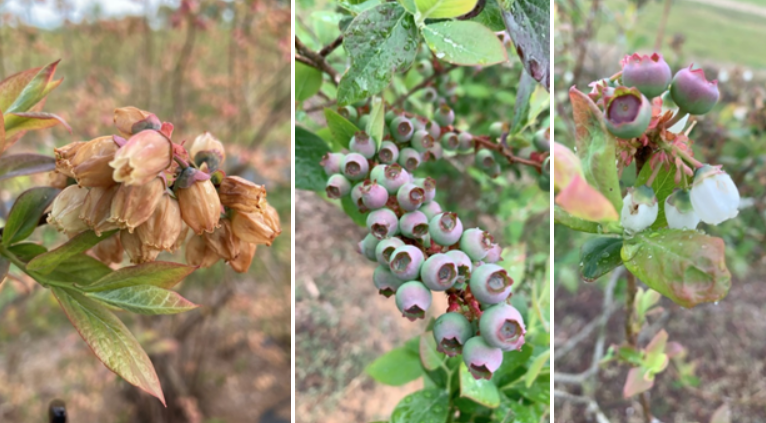
- Damage following the February freeze was variable depending on the location and cultivar. Rabbiteye and some Southern highbush types had considerable damage in central and northern locations.
- Many blueberries were at full bloom or setting small green fruit during the April freeze. Severe damage to blooms was observed in the NW corner. The full impact on crop yields will not be known for a few weeks. A reduced crop to total crop loss is expected for many cultivars at some locations.
- In other locations blueberry crops were not impacted by the April freeze and are setting a normal crop.
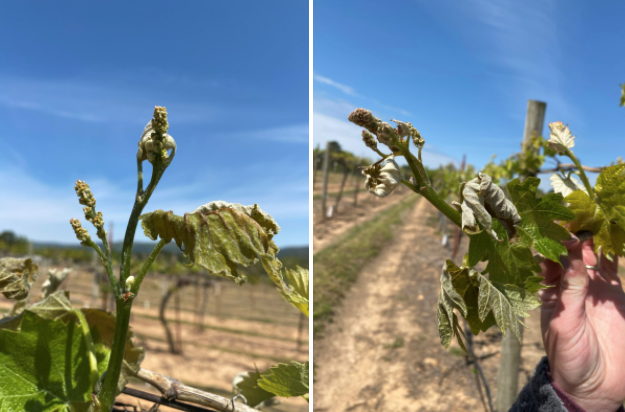
Grapes (Table and Wine):
- No damage to table and wine grapes was observed following the February freeze.
- Following the April freeze, severe to moderate injury to newly emerged shoots and inflorescences has been observed at many locations in the northern and central part of the state. The full effect on crop loss is still to be seen and will likely be cultivar specific in some areas.
- Grapes have secondary buds that can produce a small to moderate crop depending on the cultivar. We will continue to monitor.
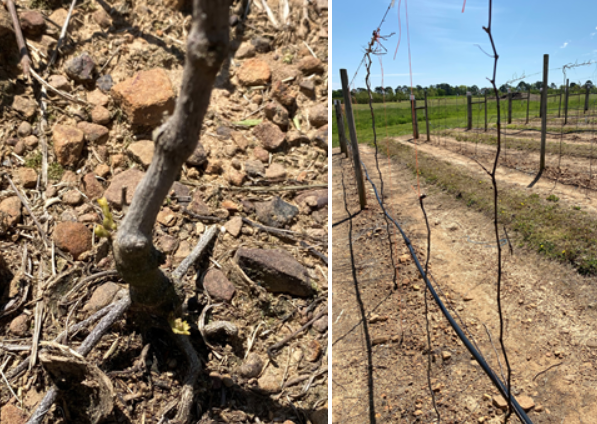
Muscadines:
- We are expecting damage. We are starting to see plants re-sprout from the ground in some locations and a lack of bud break higher up the cordons which indicates damage occurred during the February freeze. In other locations budbreak has been normal.
- Will continue to monitor. Crop losses in central and northern areas is expected.
Other Crops:
- Some reports of injury to apple blooms and pear blooms resulting in significant crop loss in northern areas are still coming in.
- No reports of injury to pecan yet, in areas where temperatures dipped below freezing and plant have new shoots and catkins emerging damage may occur.
Take home messages:
- There have been significant crop losses due to cold injury in some parts of the state, there is still potential for some of these crops to recover and produce on secondary buds which will result in lower volumes of fruit and delayed harvests. Other locations have had minimal to no impact from cold injury.
- There will still be locally available fruit crops in Arkansas in 2021, support your local AR farmers!
What to watch for in the coming weeks:
The full extent of the cold damage will not be known for several weeks. Possible symptoms of cold injury can include:
- Fruit fails to develop and falls off
- Fruit is mis-shaped due to sub-lethal injury
- Secondary buds start to develop near where the primary shoot was killed. Secondary shoots are often longer in length and have fewer blooms per node.
What should I do if my crop has been damaged?
- Plan to fertilize and irrigate normally, “extra” wont help at this point and if the plants have a reduced crop-load they won’t need extra fertility to grow. Excess nitrogen can result in stretched out internode length, which means fewer nodes per length of stem/cane
- Normal fungicide programs for most crops should be planned for now. Dead plant tissue can be a source of inoculum for some diseases.
- We will follow up with more recommendations as we know more.